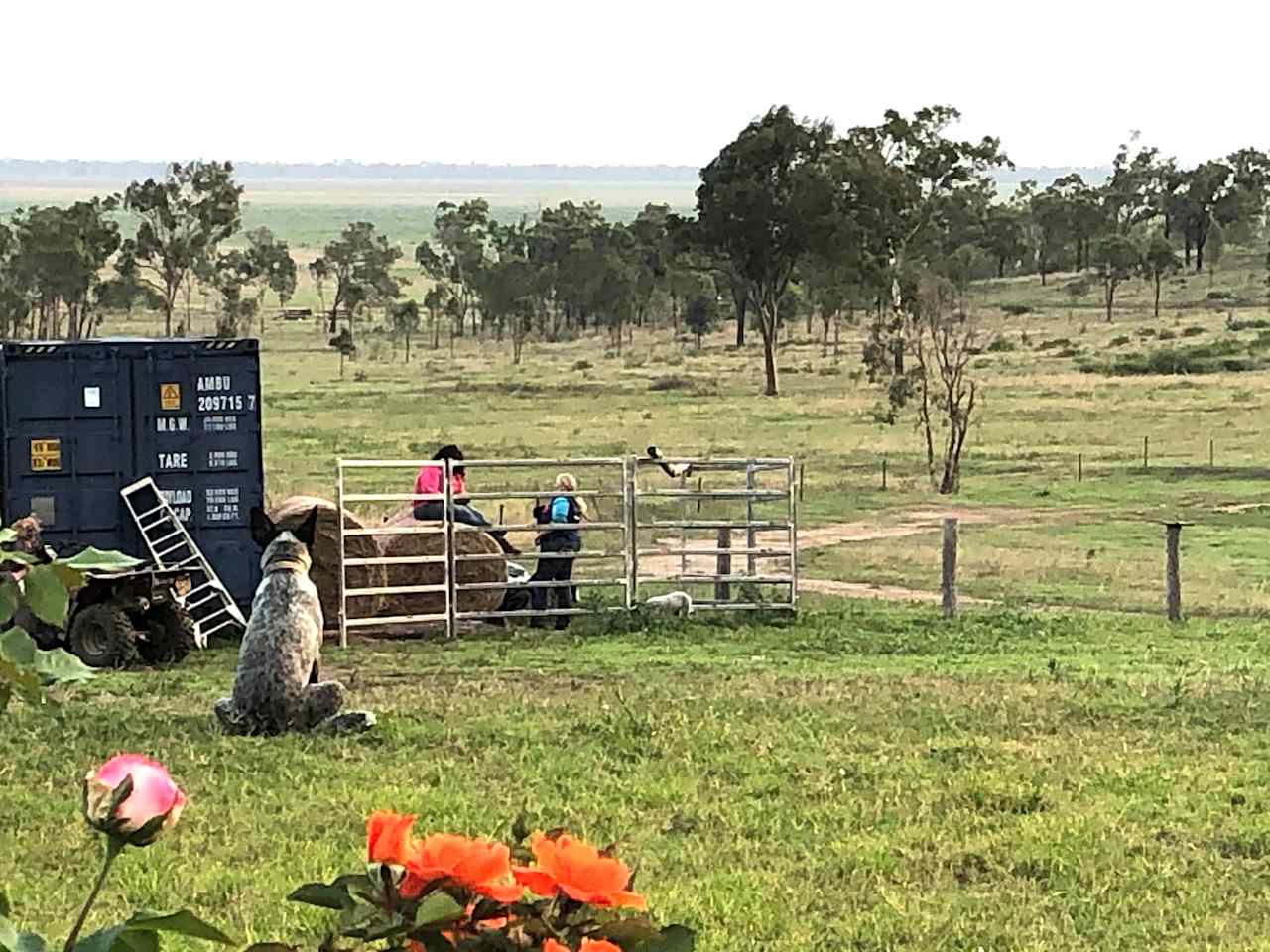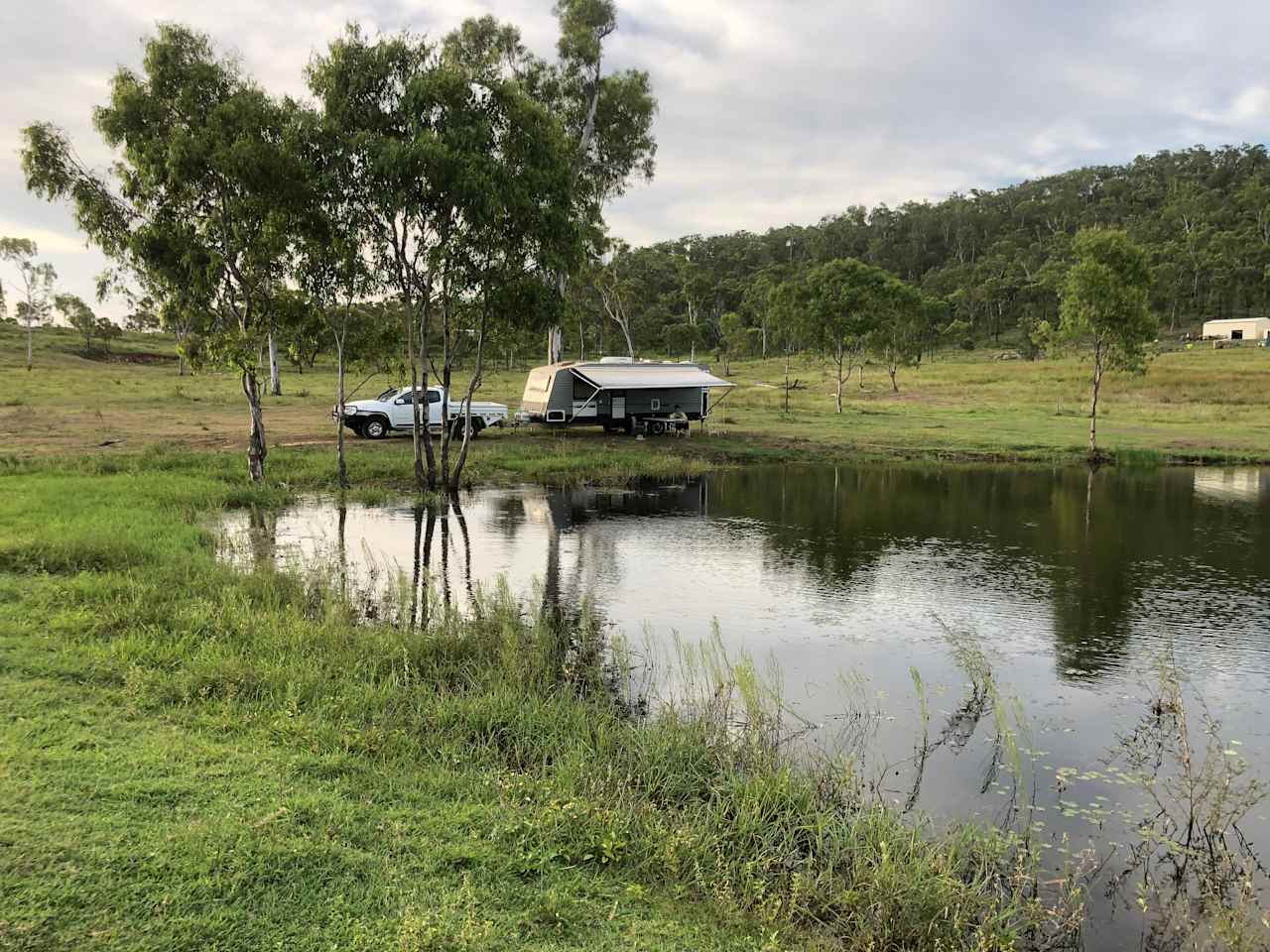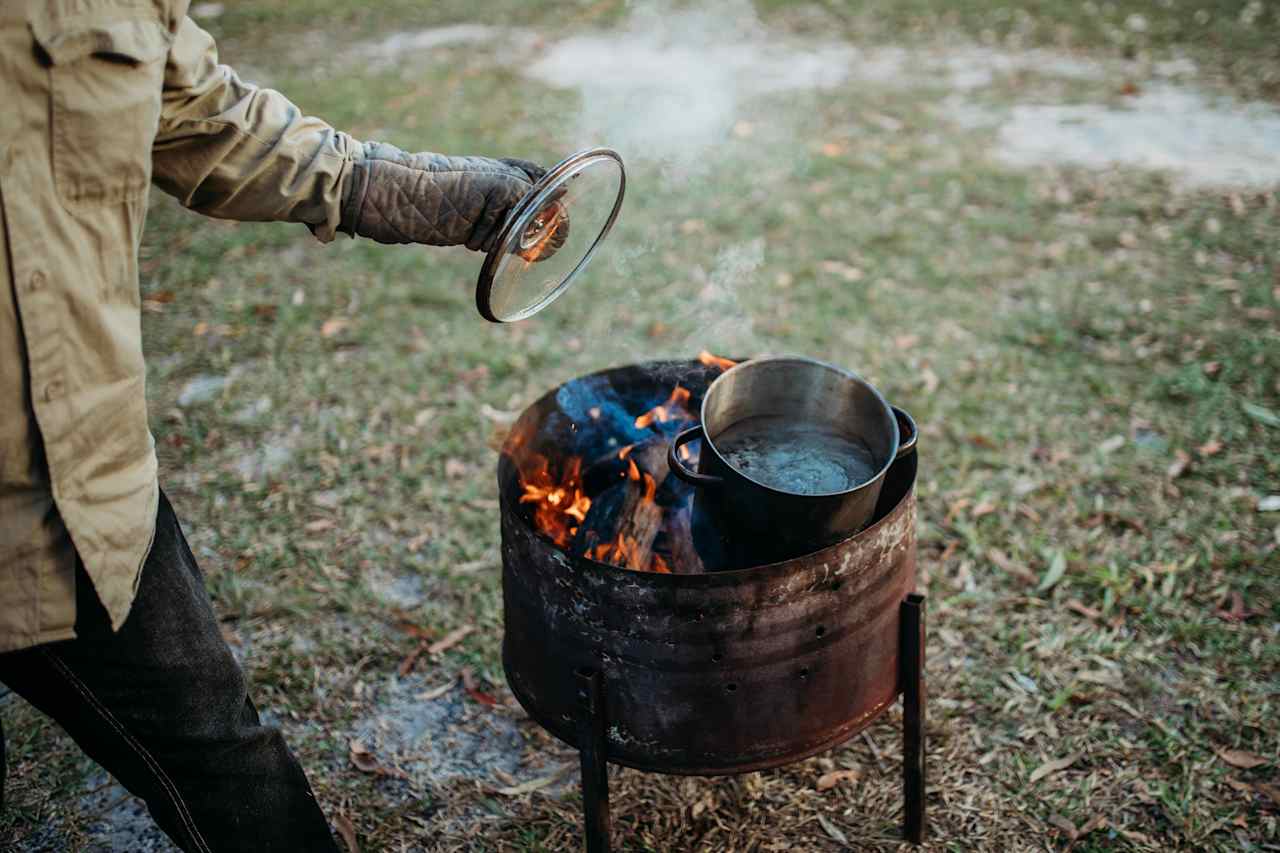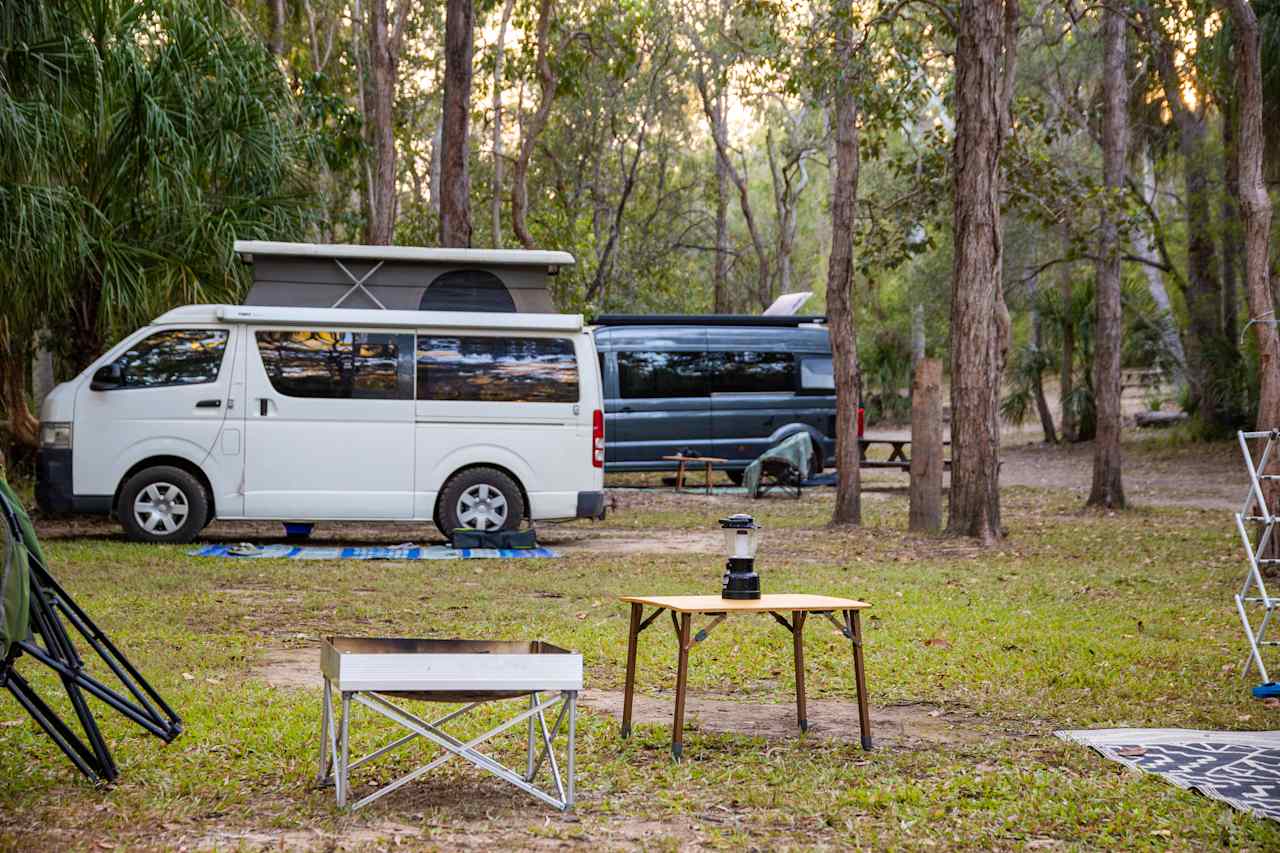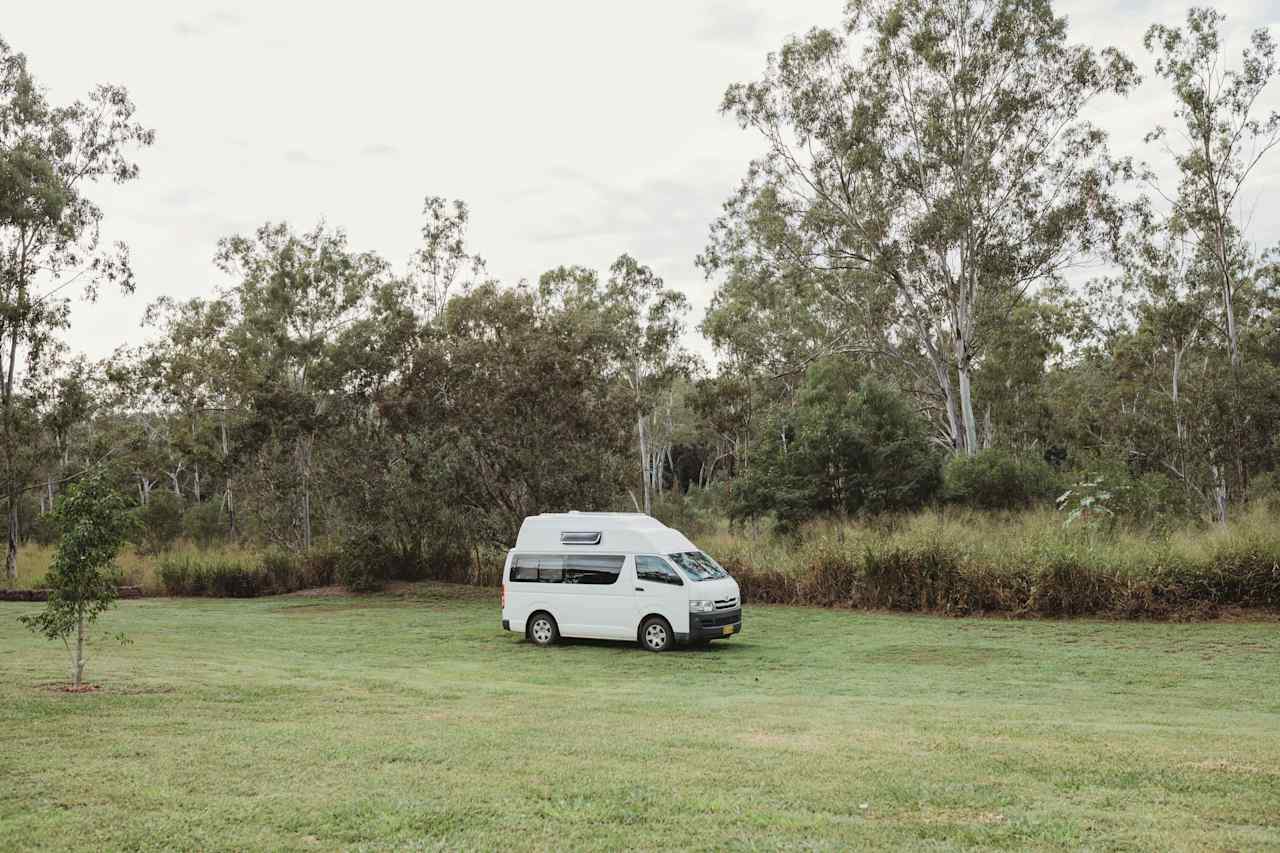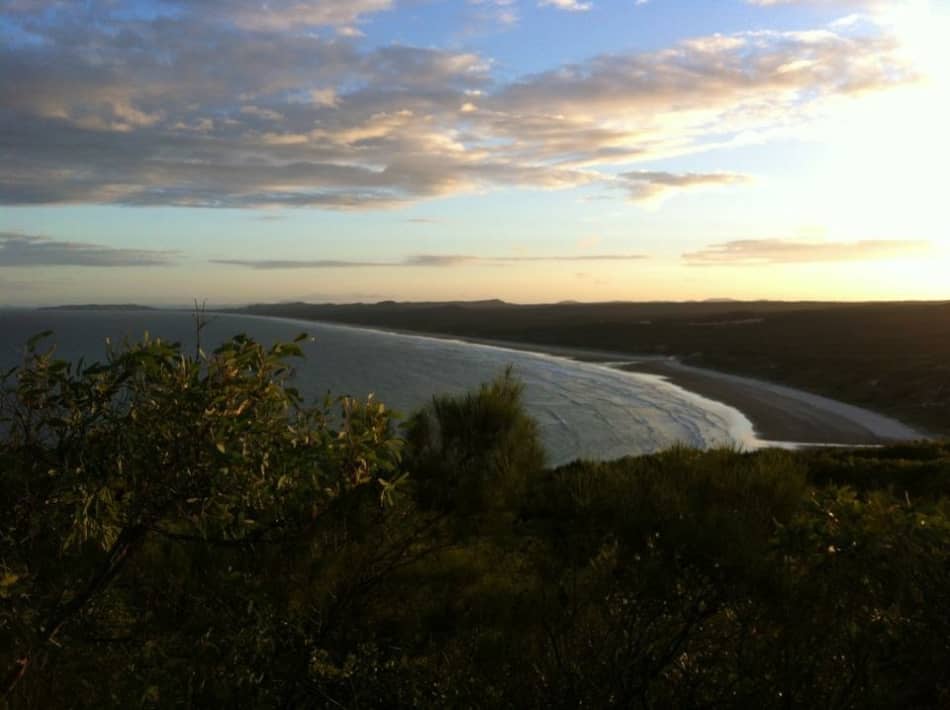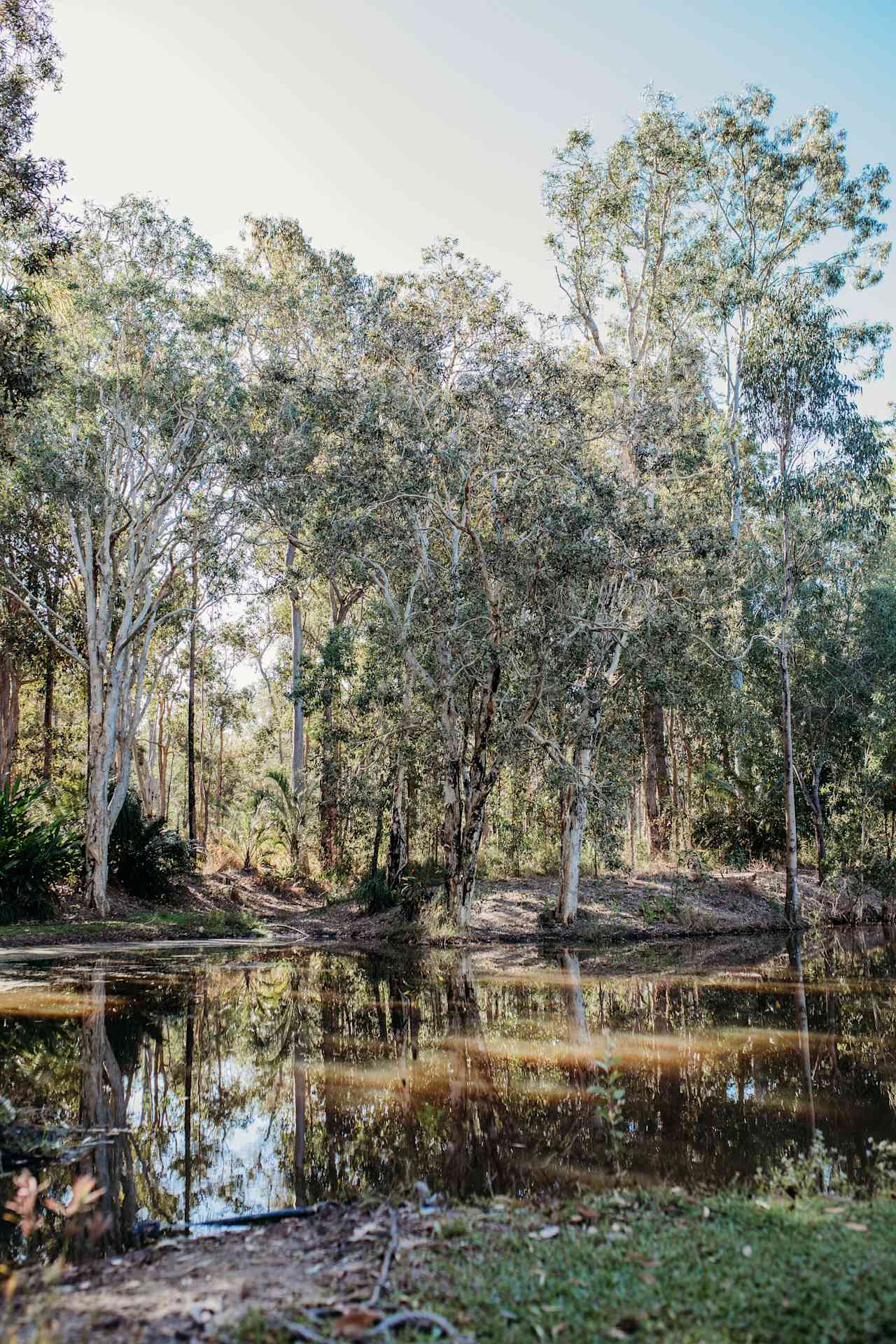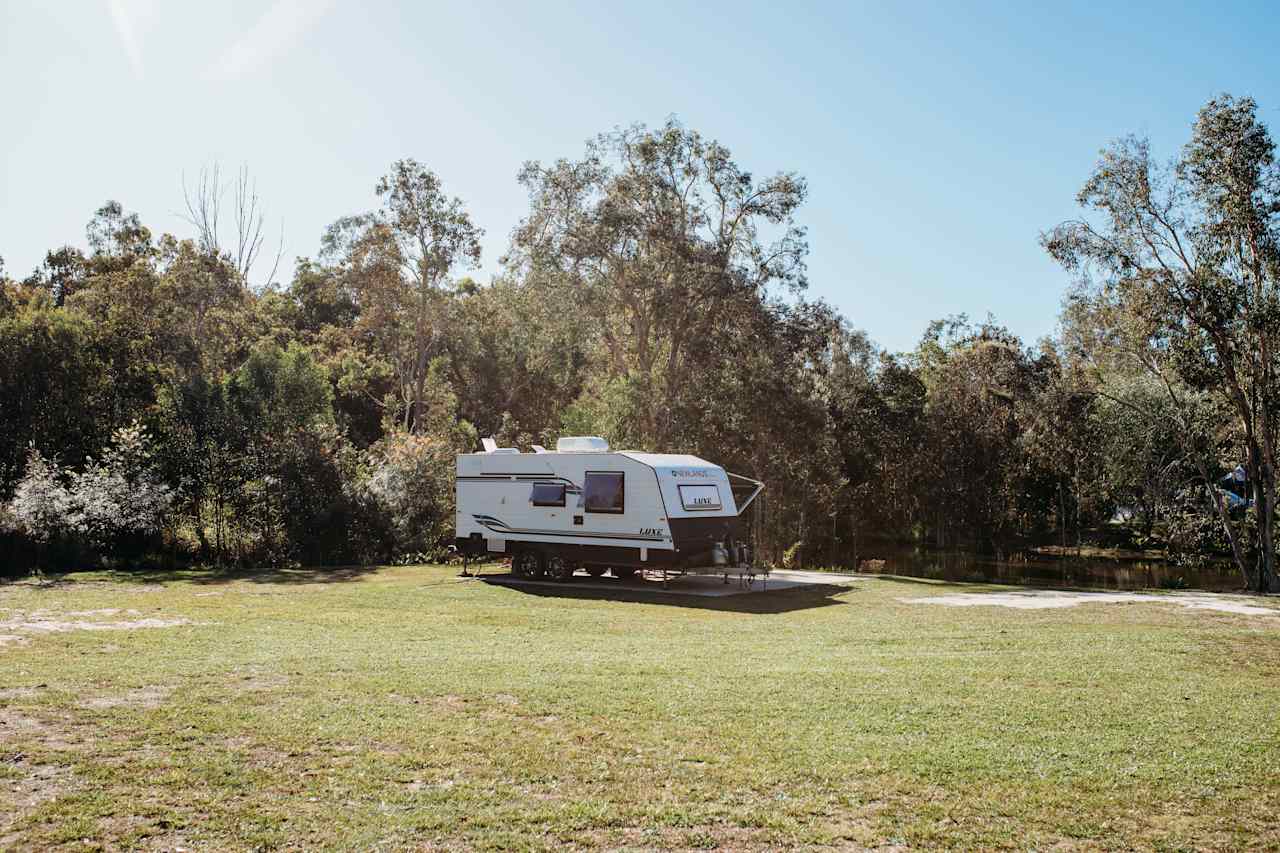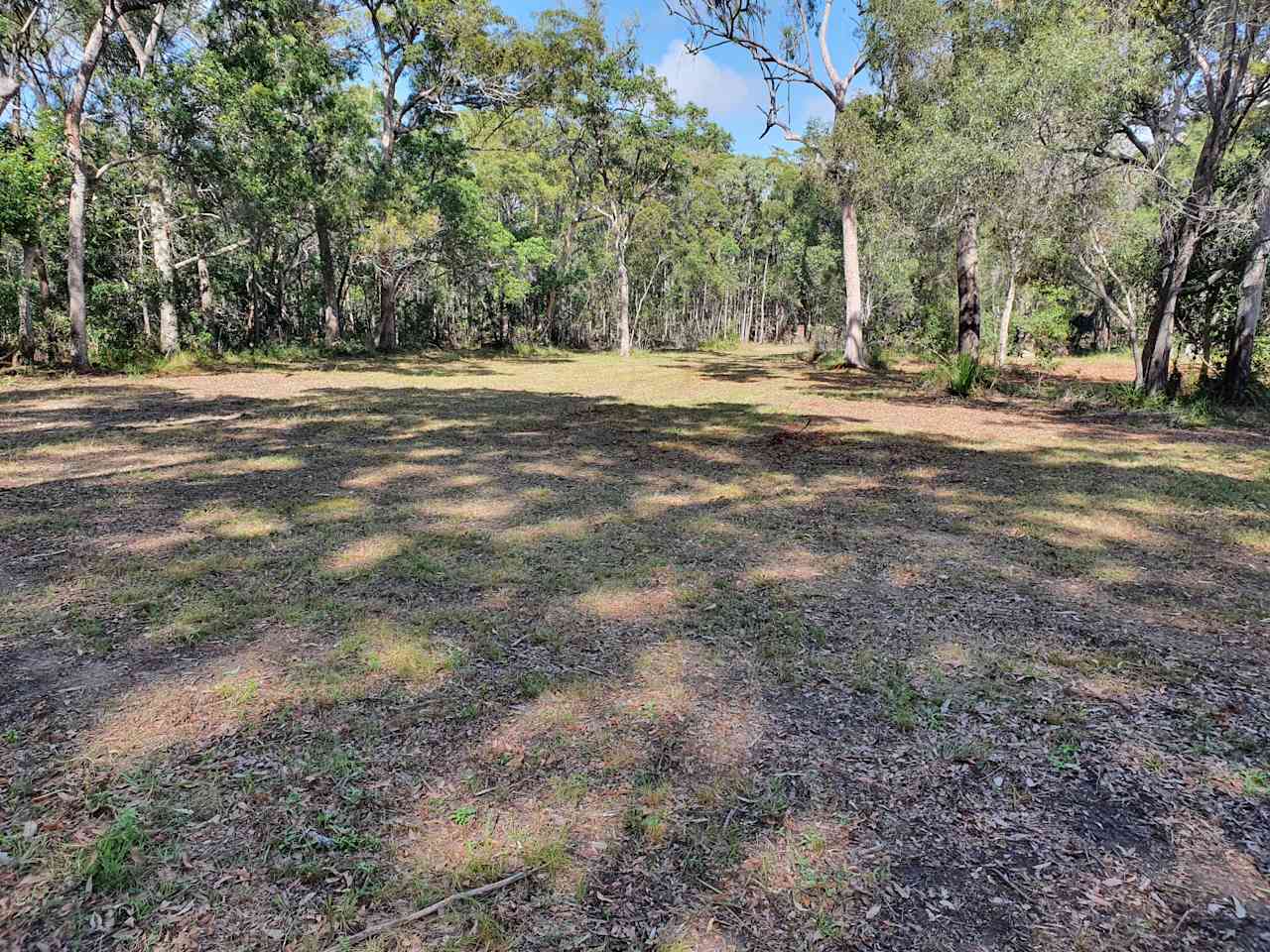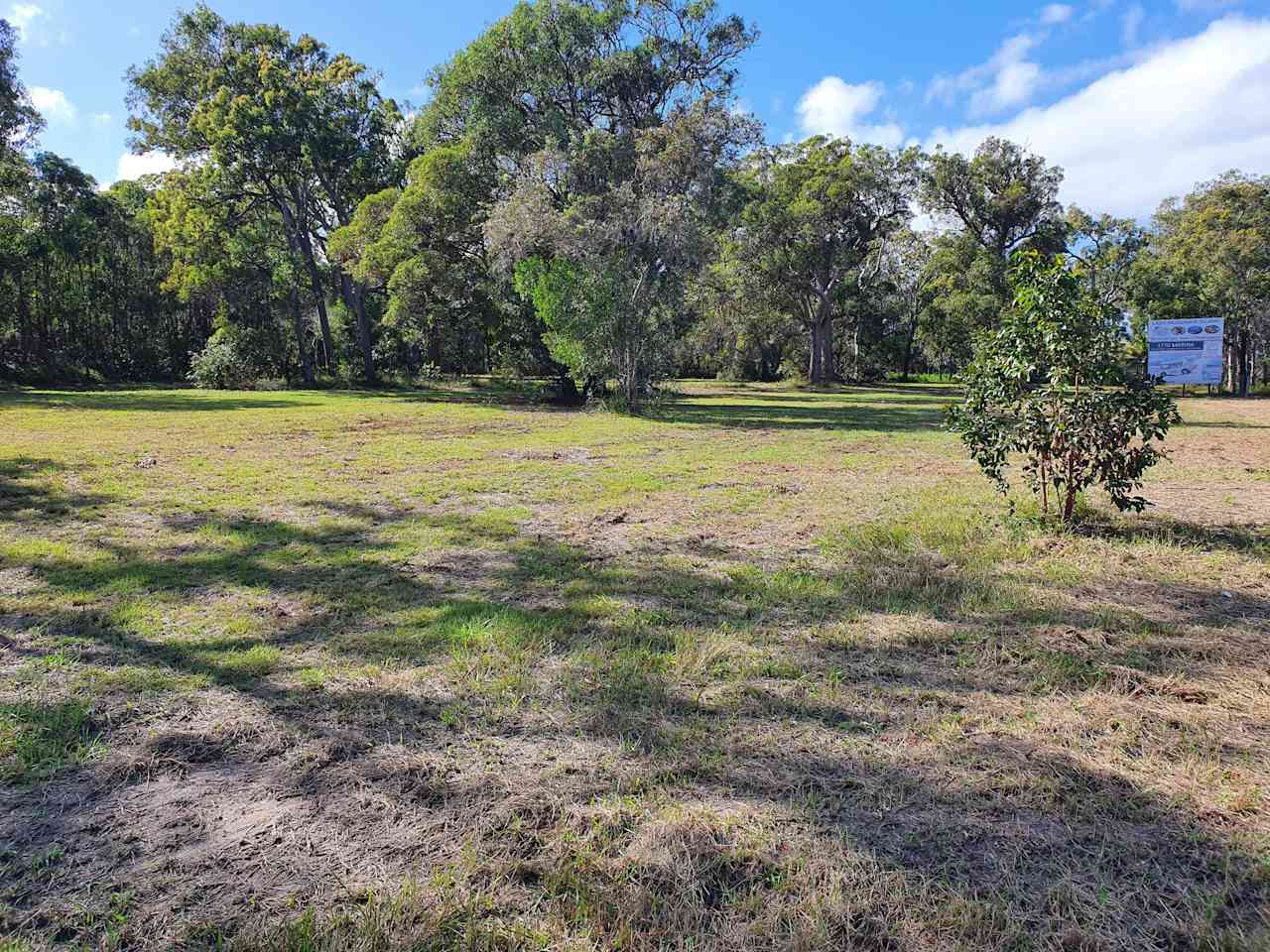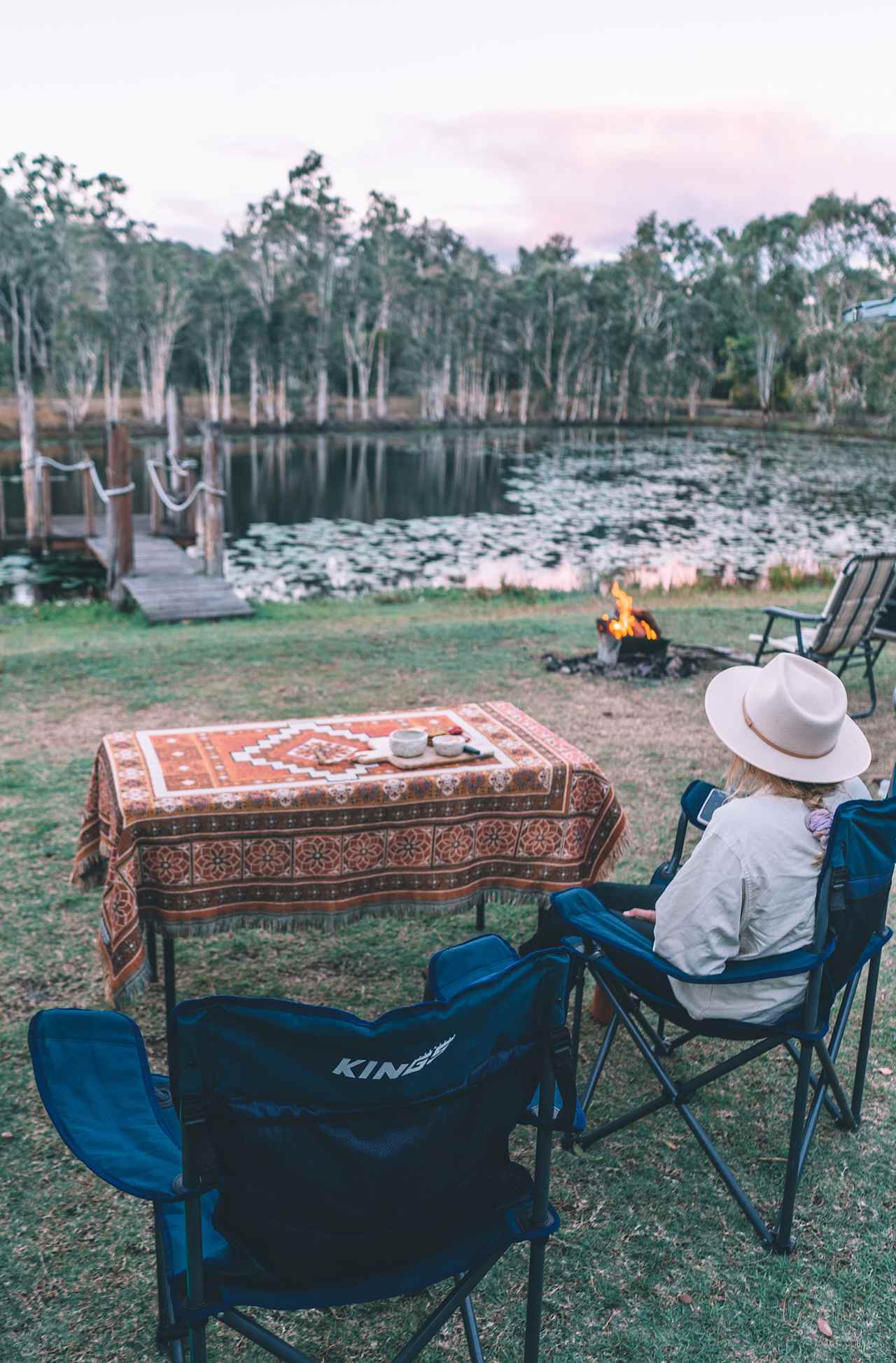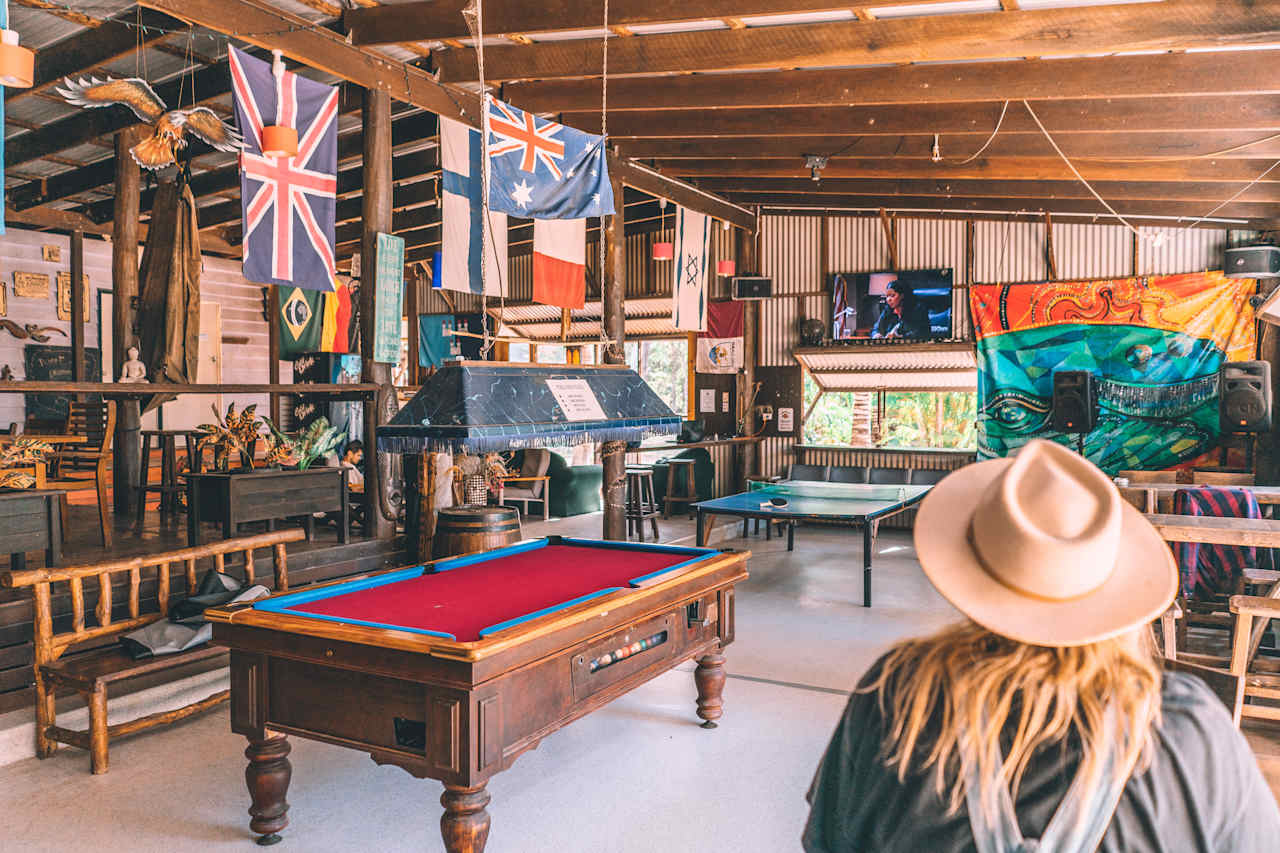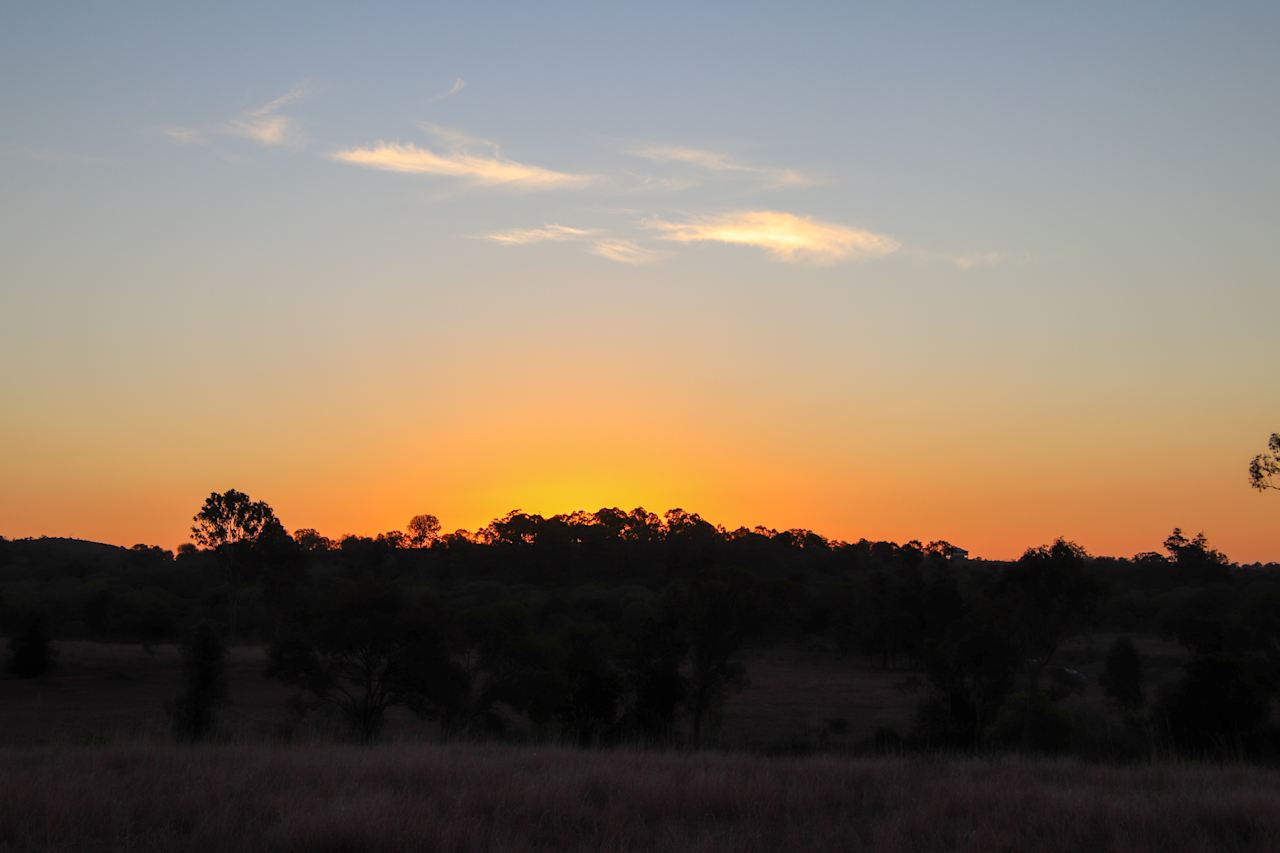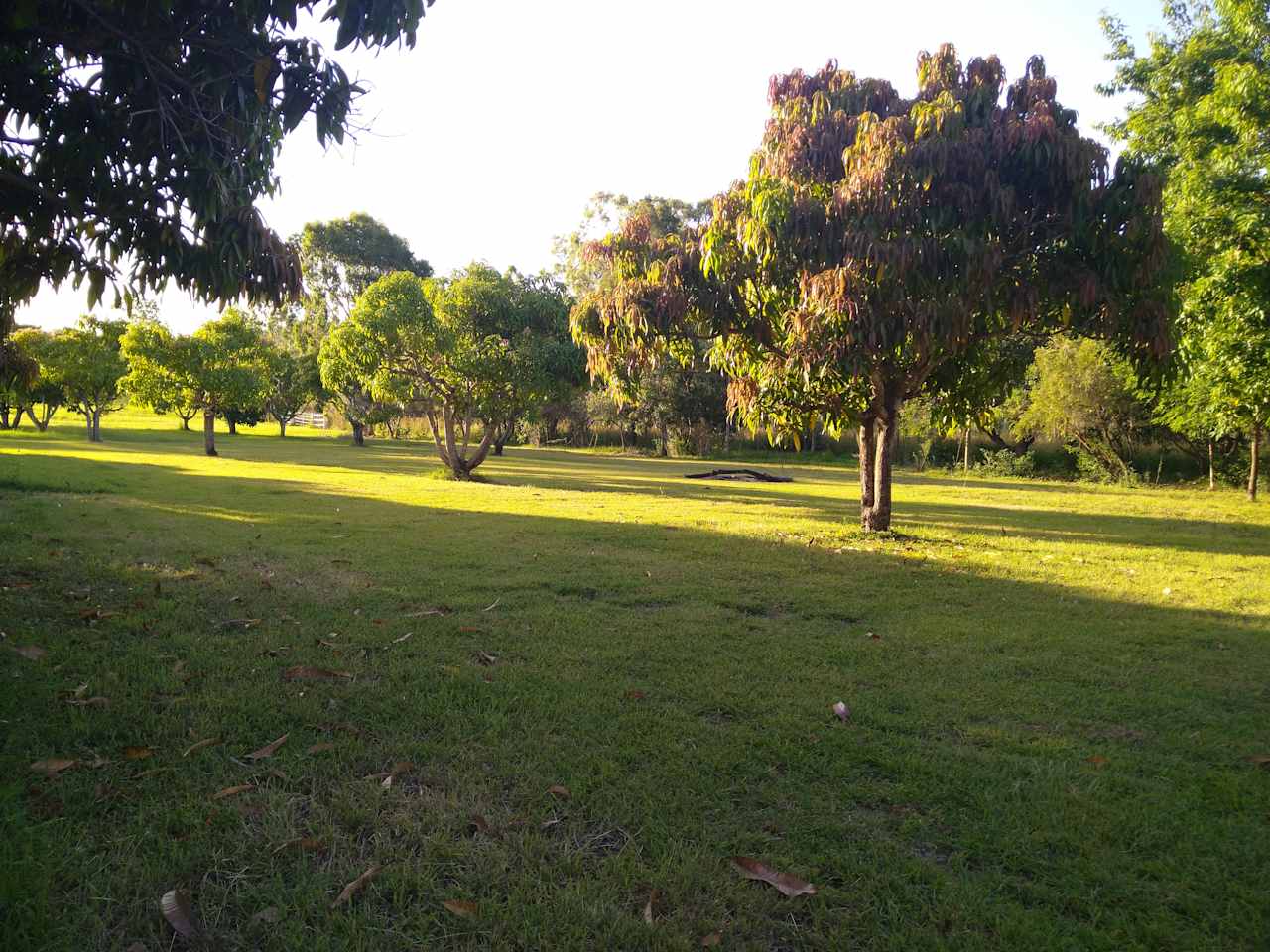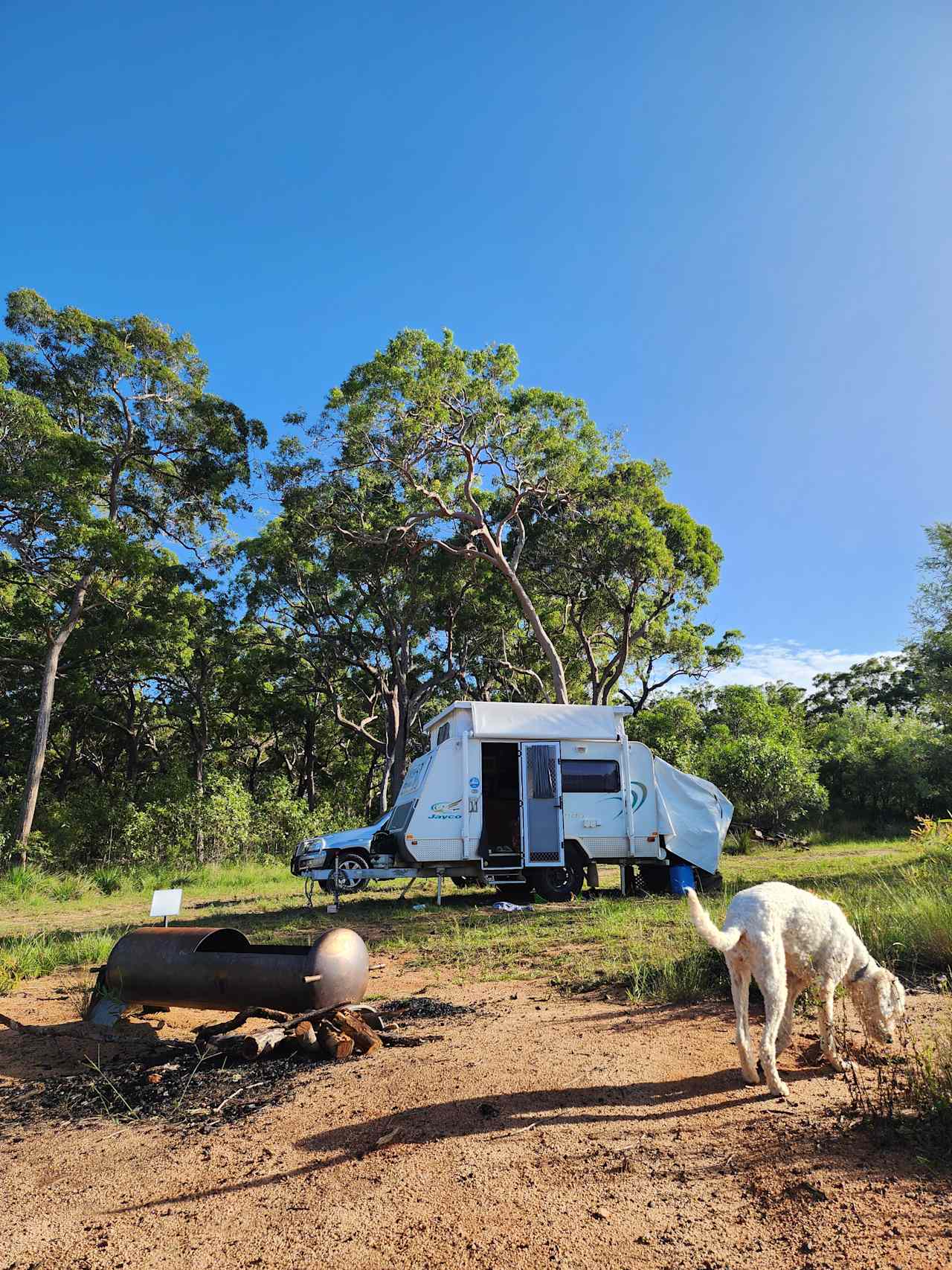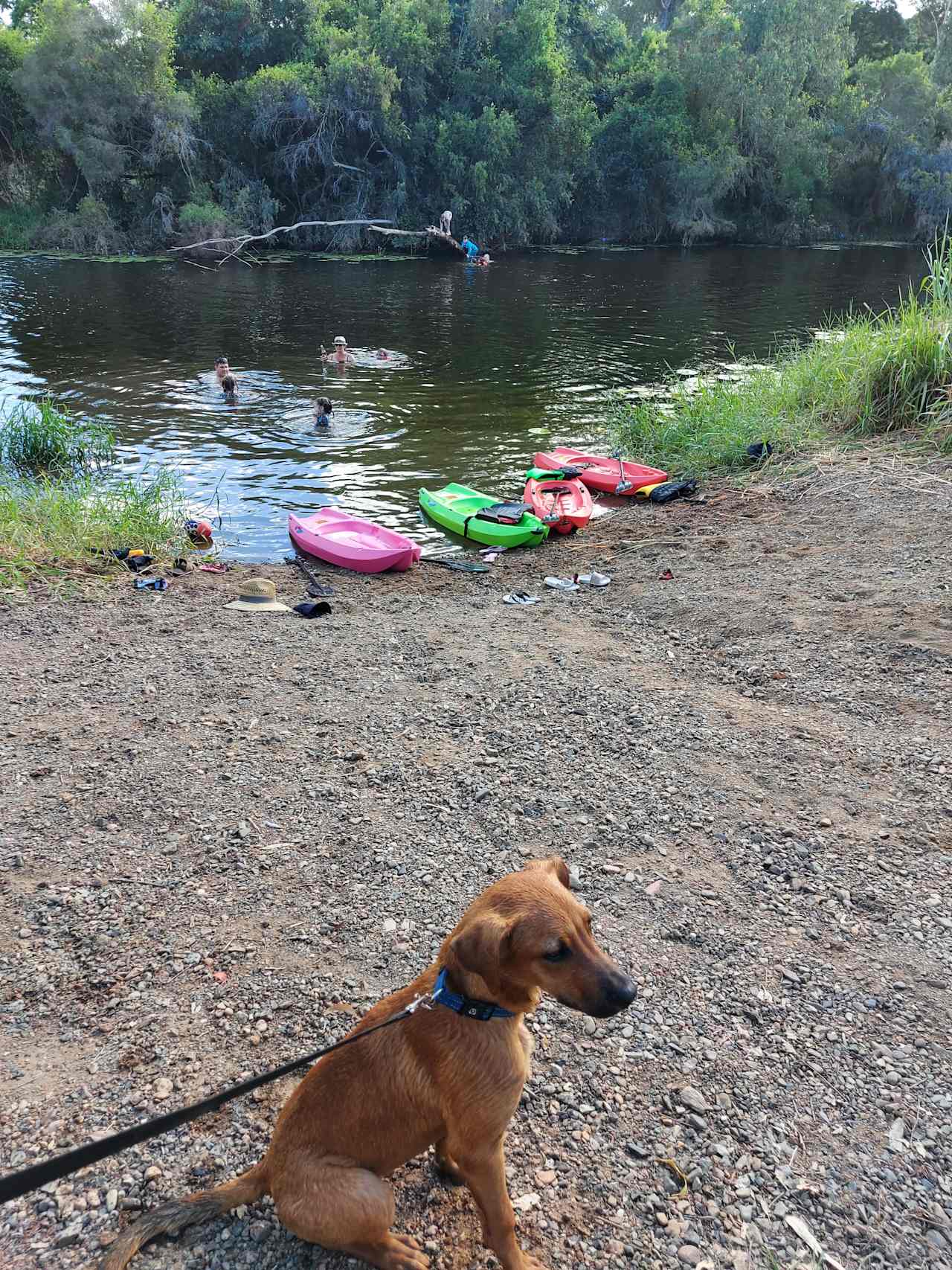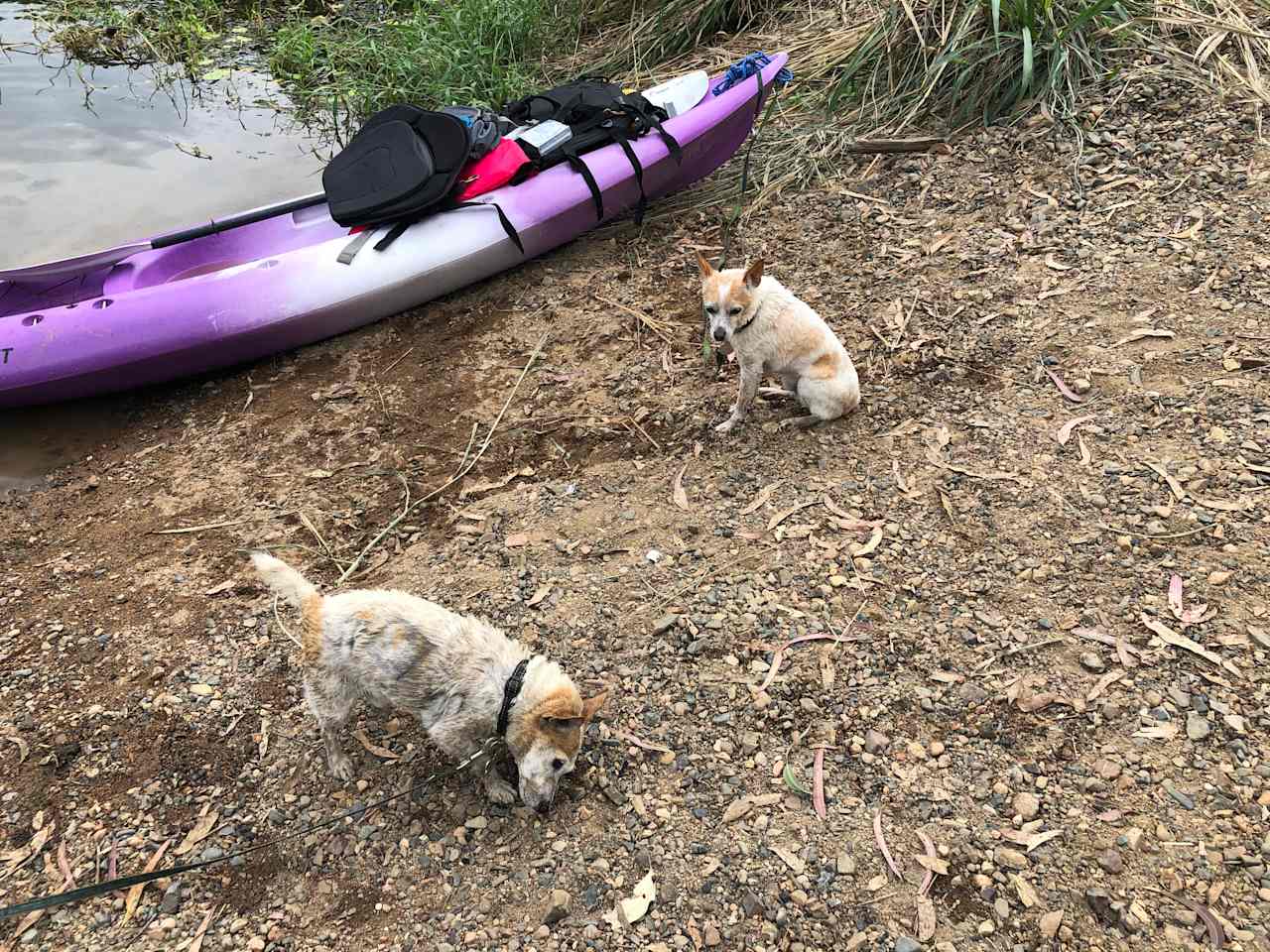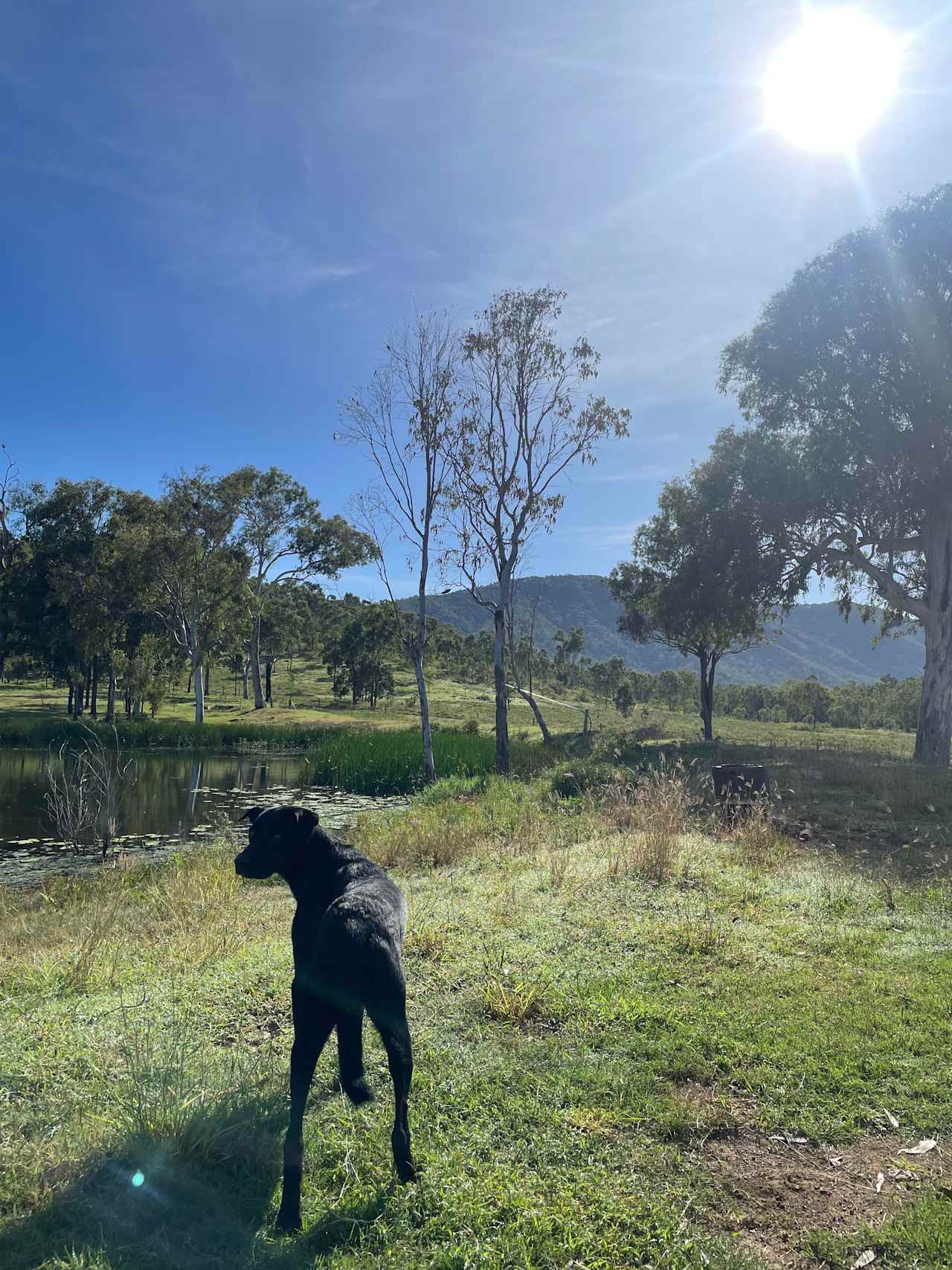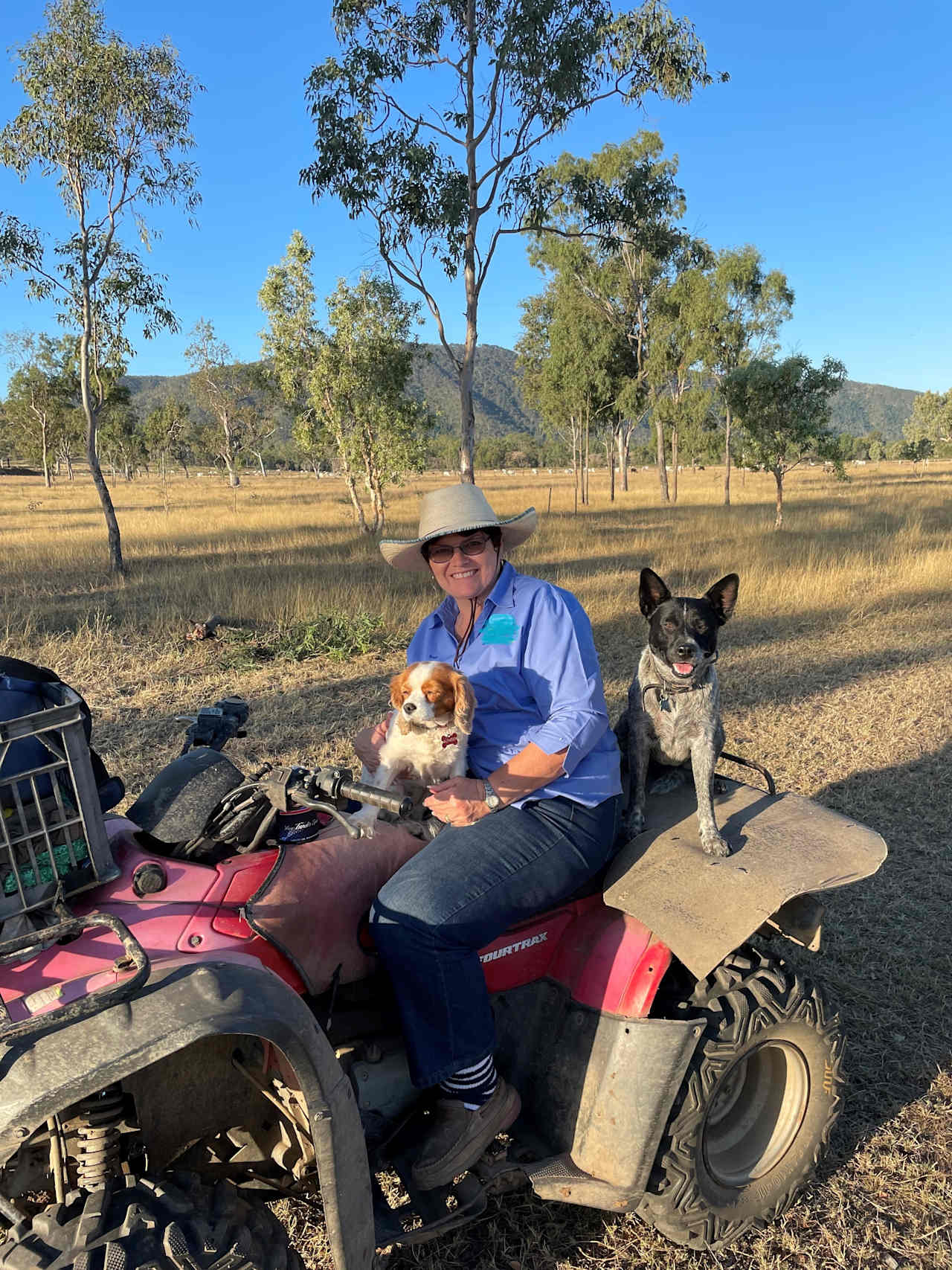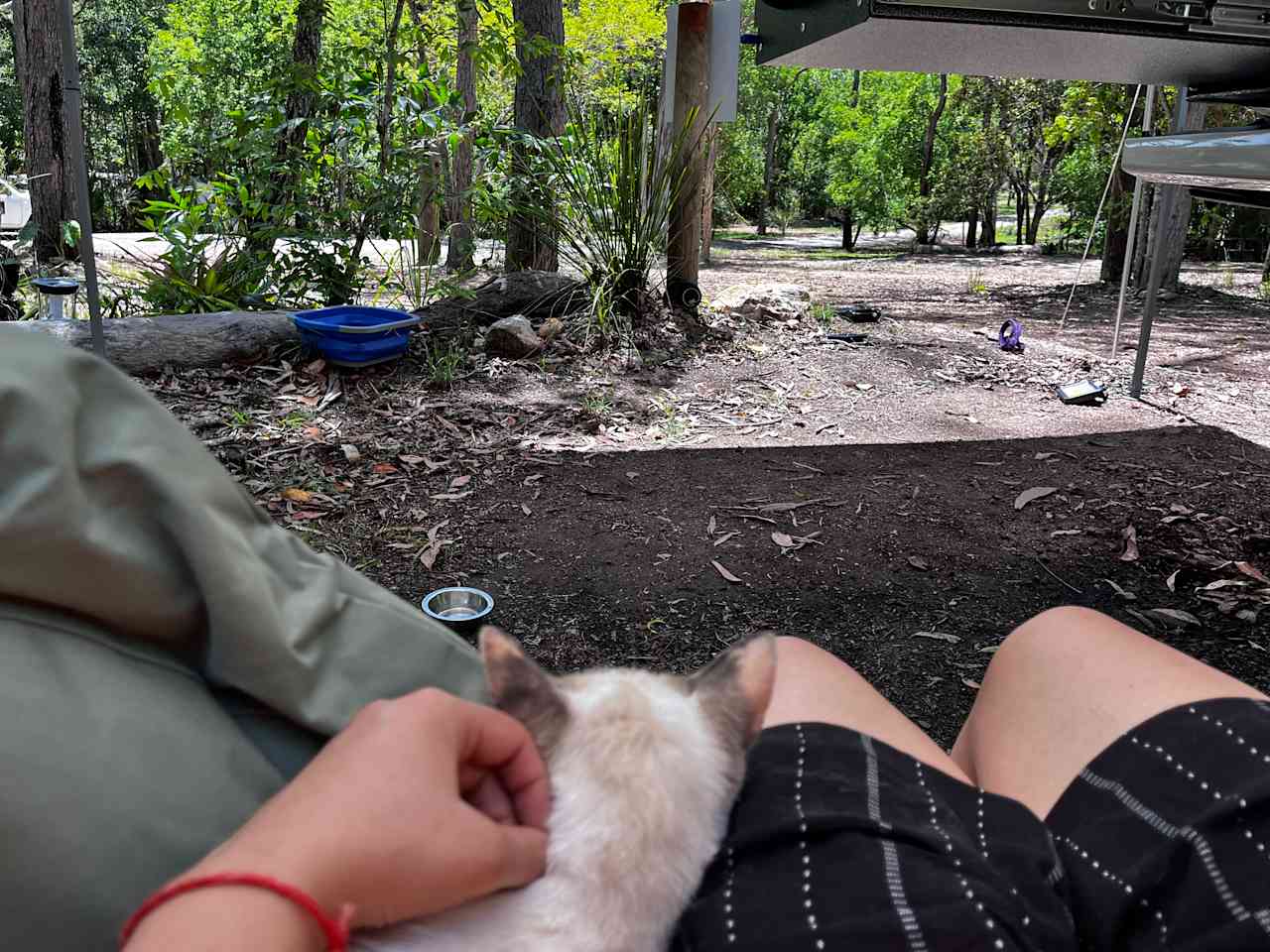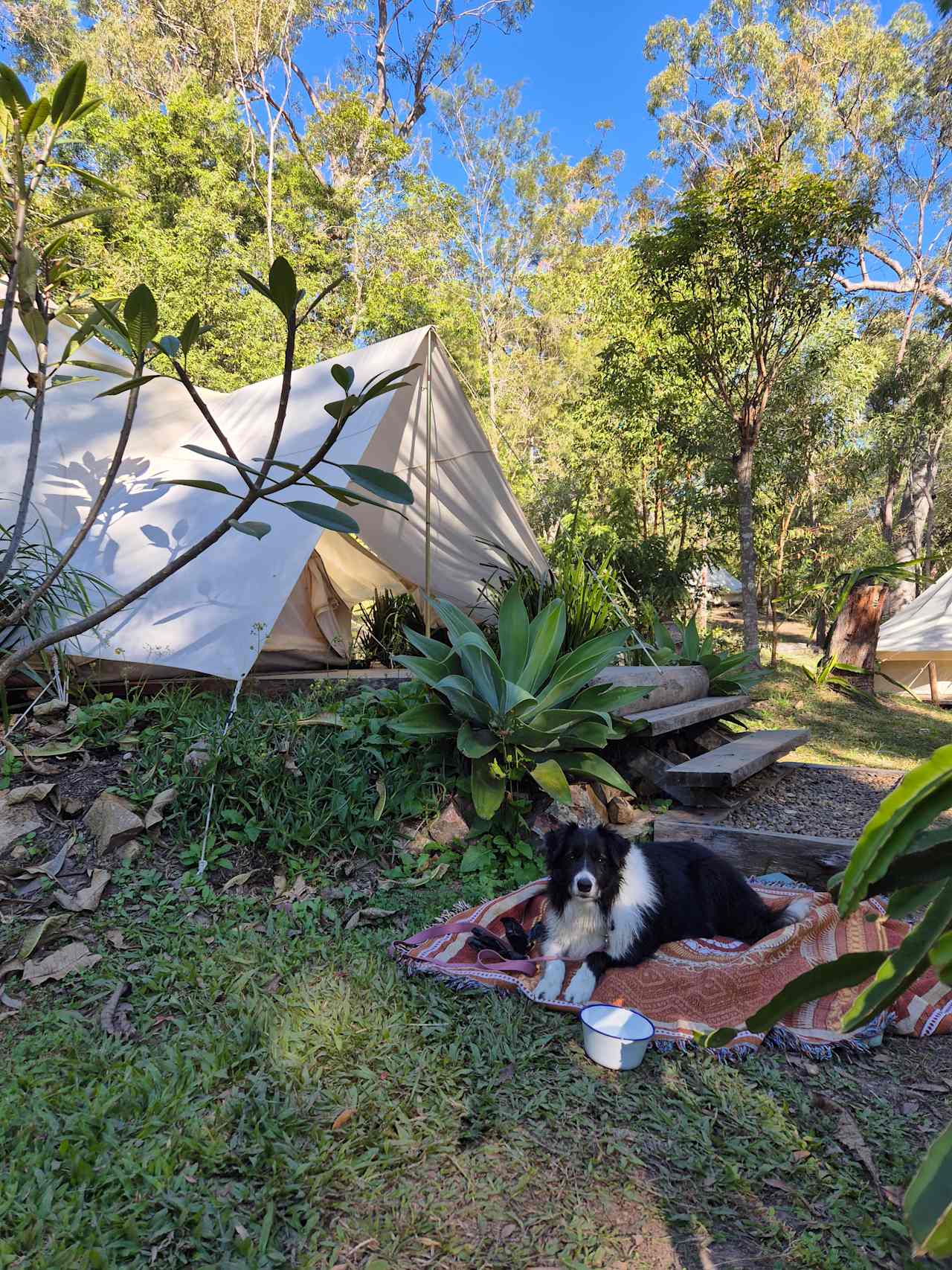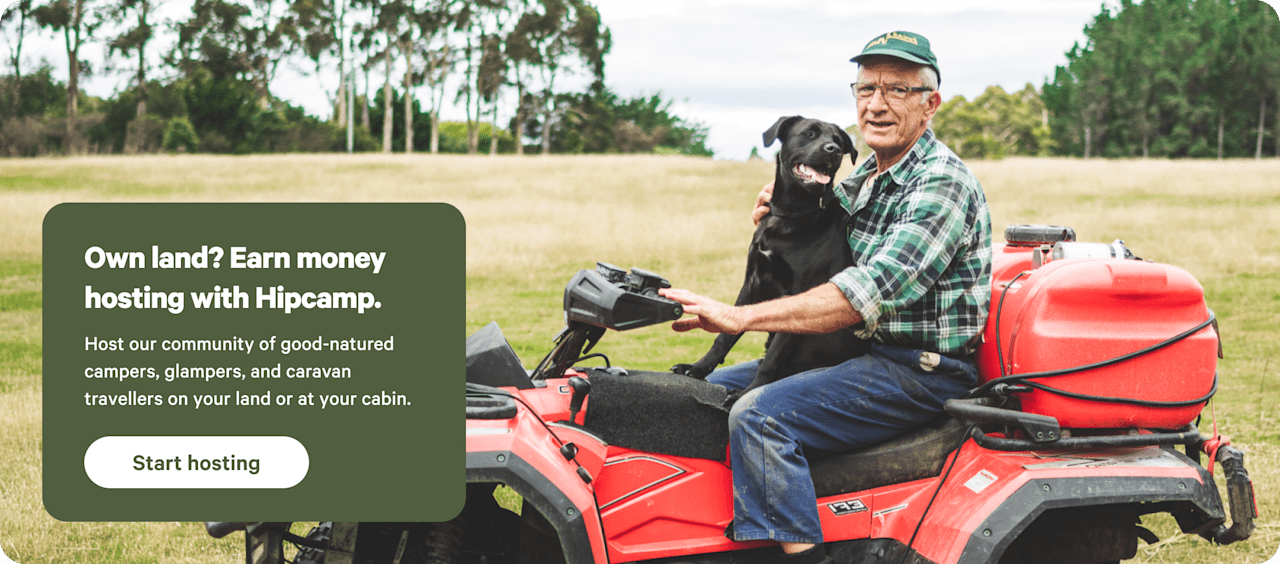Camping near Gladstone
Gladstone camping trips are full of barramundi fishing and views of the Great Barrier Reef.
- Gladstone
Popular camping styles for Gladstone
Available this weekend
Star Hosts in Gladstone
12 top campgrounds near Gladstone
Under $50
Dog-friendly getaways
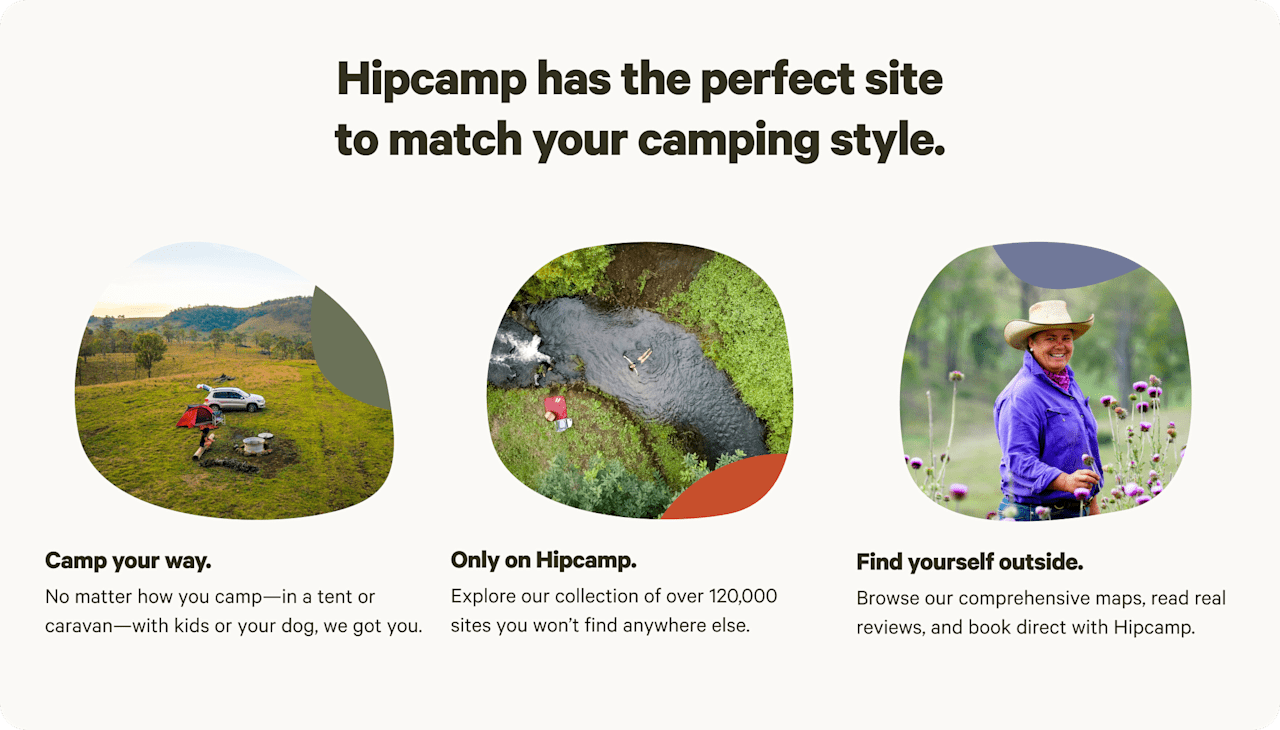

Camping near Gladstone guide
Overview
A coastal town in Central Queensland, Gladstone serves as an ideal base for diverse camping adventures. It’s also a gateway to the southern end of the Great Barrier Reef—about 80 kilometres off the coast—and invites campers to take trips to reef islands like Heron Island and Lady Musgrave Island. Back on shore, tranquil Lake Awoonga beckons anglers and wildlife lovers with its abundant barramundi, a wide array of birds and land animals, and convenient caravan and tent camping options. Deepwater National Park and Eurimbula National Park set the stage for beach activities in the area, as well as bushwalking and more wildlife viewing amid untouched natural beauty.
Where to go
Lake Awoonga
Particularly renowned for its world-class barramundi fishing, Lake Awoonga is a man-made reservoir that serves as a haven for kayaking, boating, and birdwatching. Redclaw crayfish and fork-tailed catfish are also popular catches here, from designated fishing platforms and boat ramps. Spend the night at powered caravan parks and tent pitches that are on-site with convenient amenities. Then, wake up and spot kangaroos, wallabies, and bandicoots, especially in the early morning when they are most active. Or, explore trails through native bushland while looking out for wedge-tailed eagles and blue-winged kookaburras.
Deepwater National Park
For beach camping, Deepwater National Park is an amazing option. The pristine beaches and sand dunes are ideal for sunbathing, stargazing, swimming, and boogie-boarding. The more developed campsite is at Wreck Rock, which is equipped with fire rings, composting toilets, and cold outdoor showers— just a short stroll from the protected waters of the Great Barrier Reef. Middle Rock’s camping area is more rustic, offering secluded tent pitches among eucalypts and white cypress pines—a perfect place for spotting cockatoos or catching whiting.
Eurimbula National Park
Near the historic towns of Agnes Water and Seventeen Seventy (1770), Eurimbula National Park protects littoral rainforests, open eucalypt forests, estuaries, and coastal vine thickets that are home to local fauna and flora. Bushwalking through the park’s varied ecosystems is great for wildlife photography, while canoeing Eurimbula Creek offers a serene exploration of the mangroves. Tent and camper-trailer camping are permitted at the bush camp behind Bustard Beach. Or take a unique island retreat like no other at Rodds Peninsula campsites accessible only by boat, canoe, or kayak.
When to go
With daytime highs in the mid-20s and overnight lows in the mid-teens, winter and spring are ideal times to go camping around Gladstone. There’s less rainfall, it’s less humid, and there are fewer insects, making outdoor activities like bushwalking and beachcombing more enjoyable. With the drier weather, local wildlife tends to converge on bodies of water, making viewing easier. For Hipcampers most interested in barramundi fishing at Lake Awoonga, camping in the earlier part of the year from March to May may be preferable.
